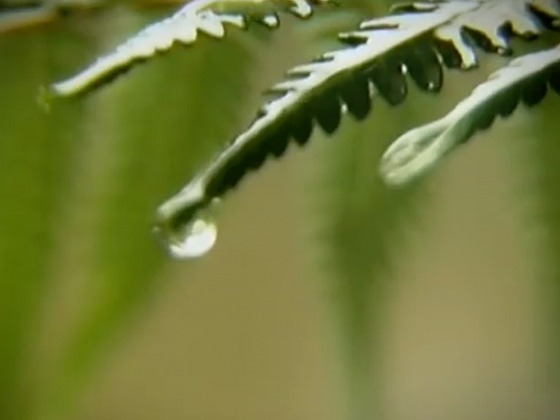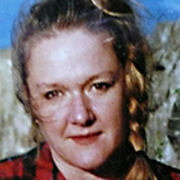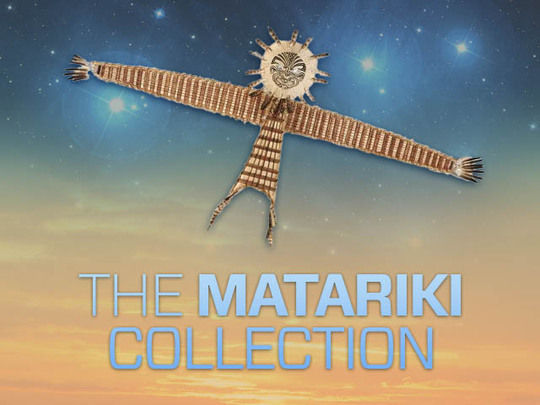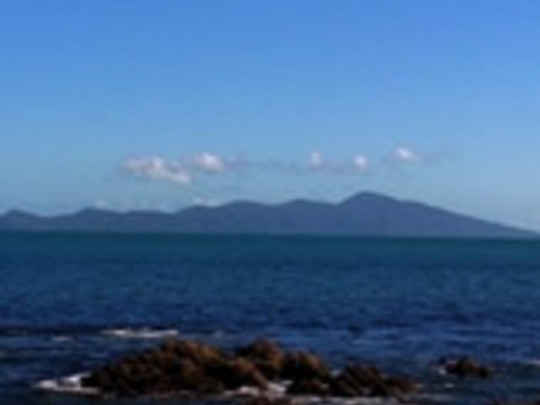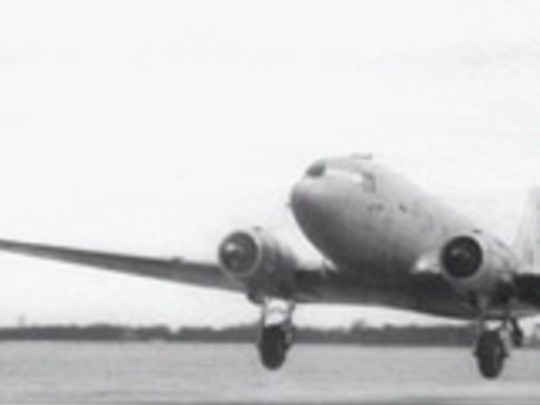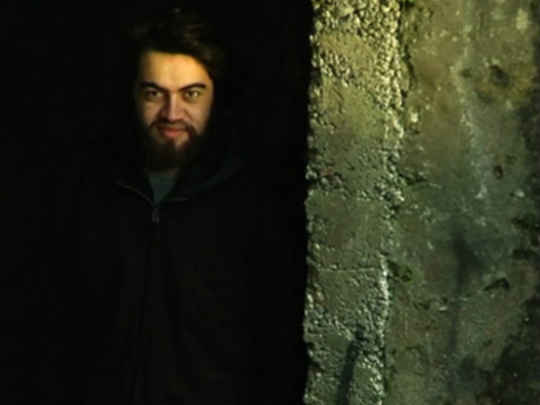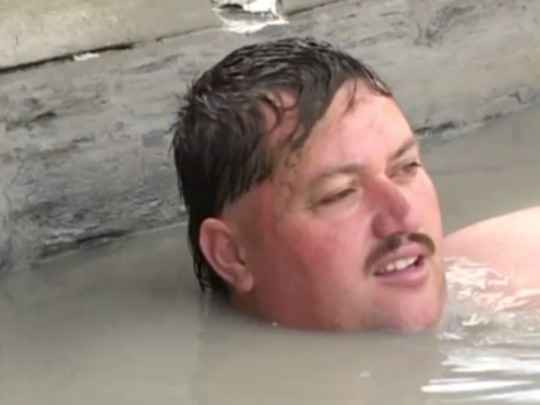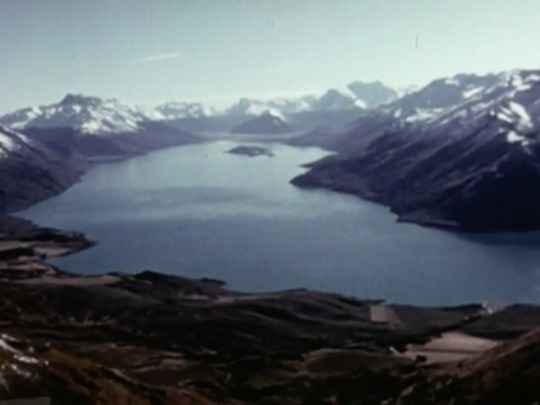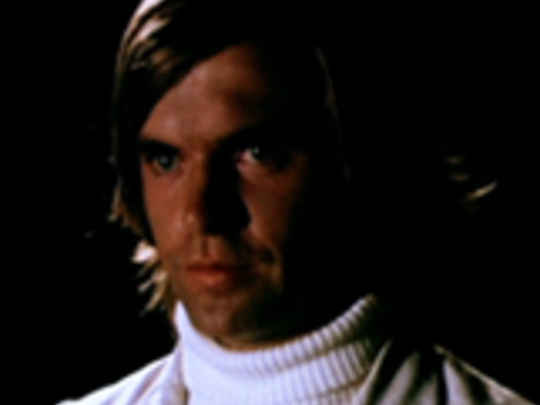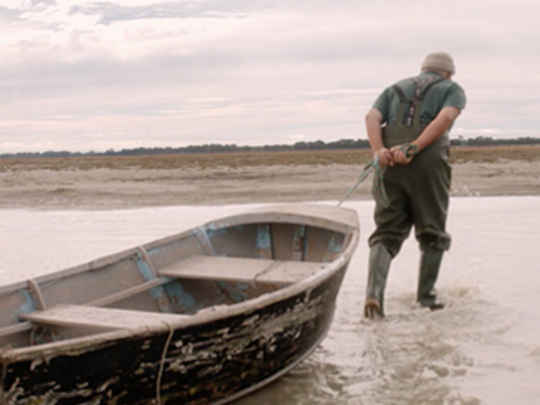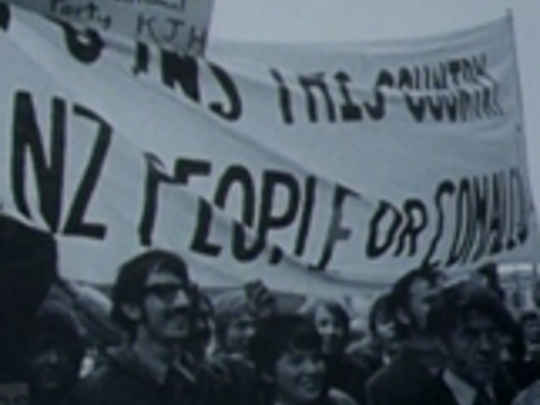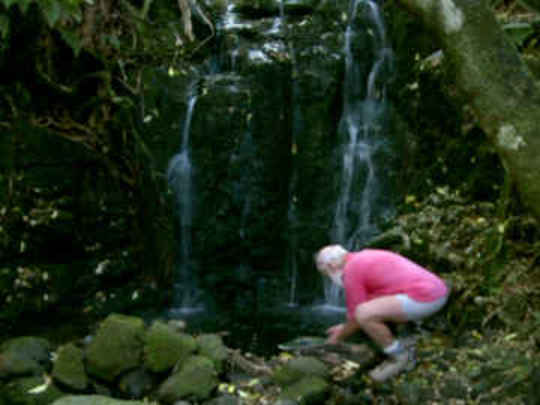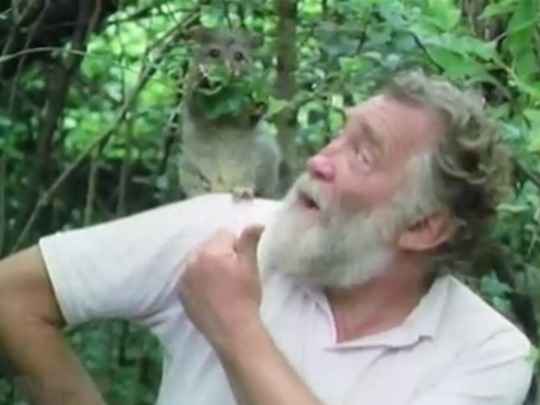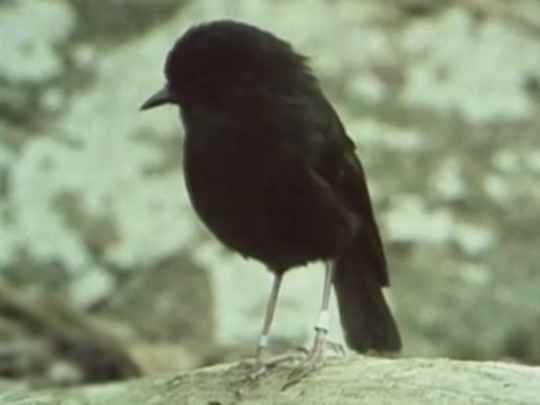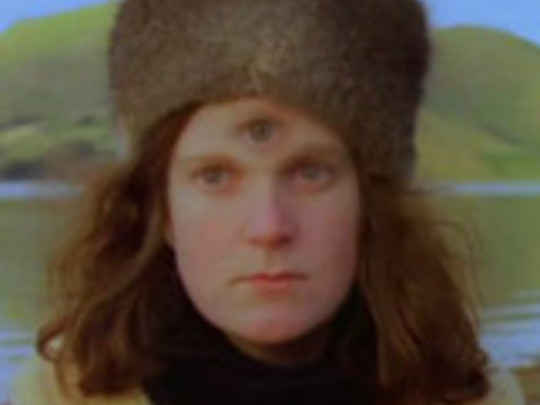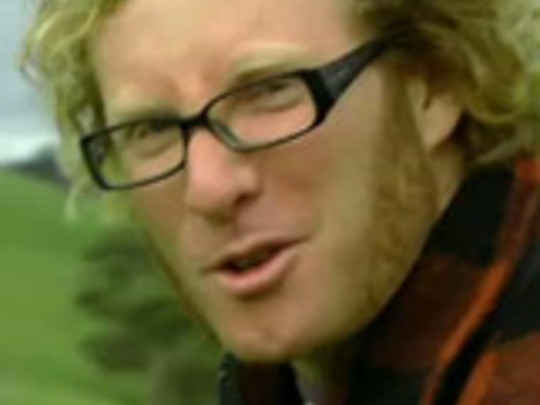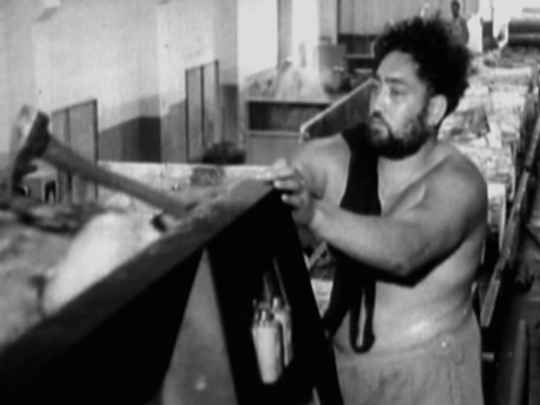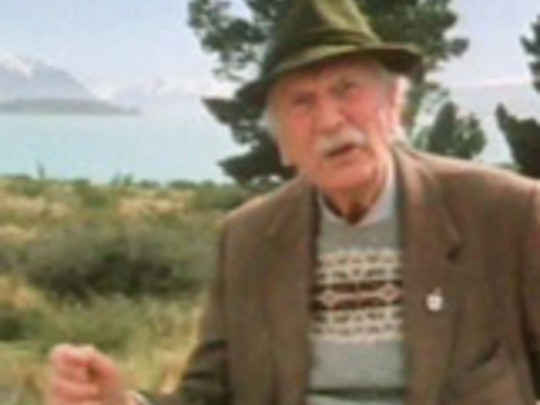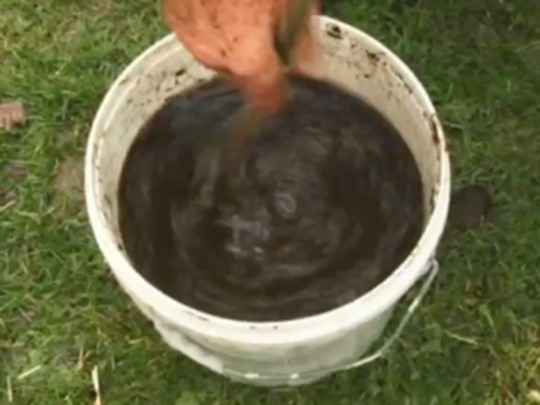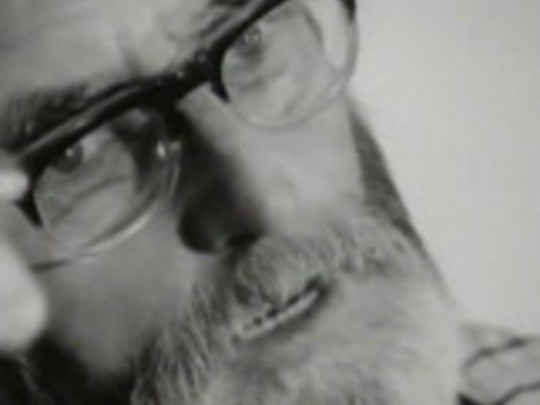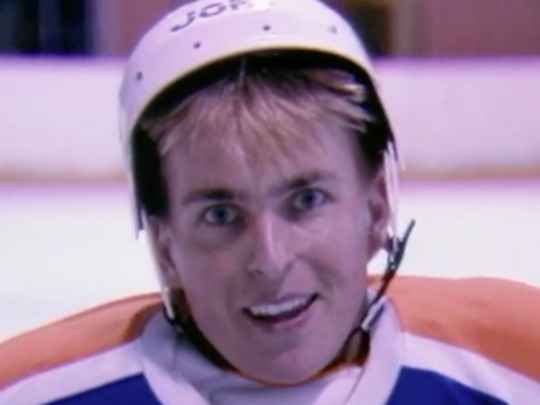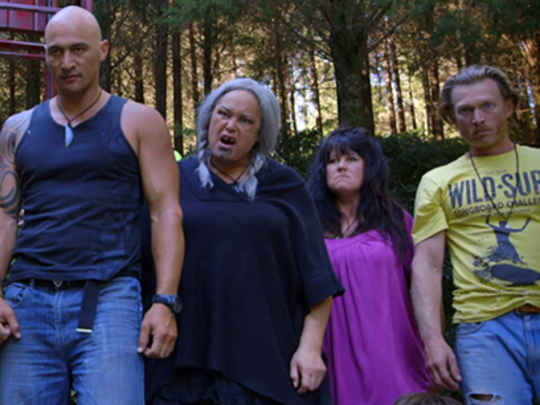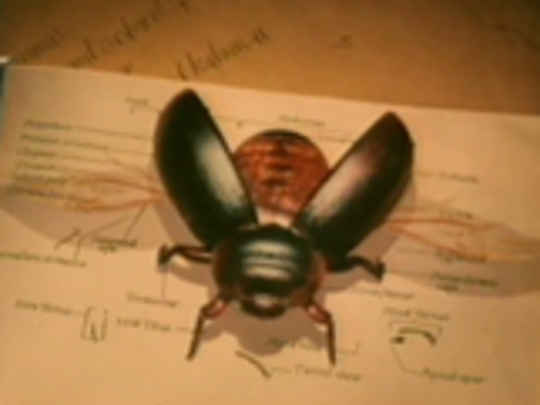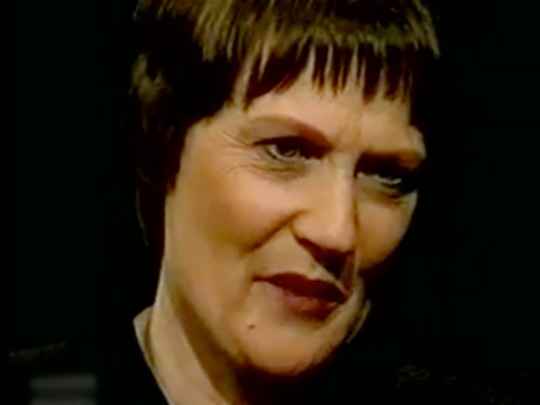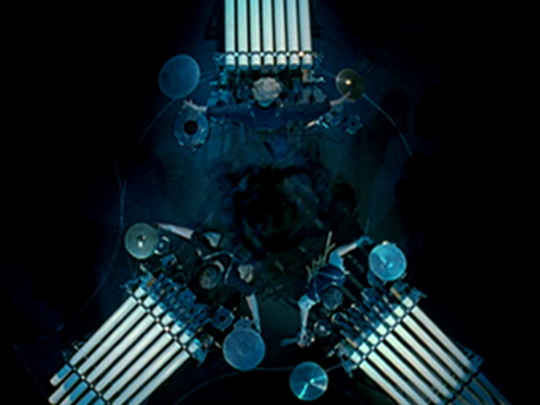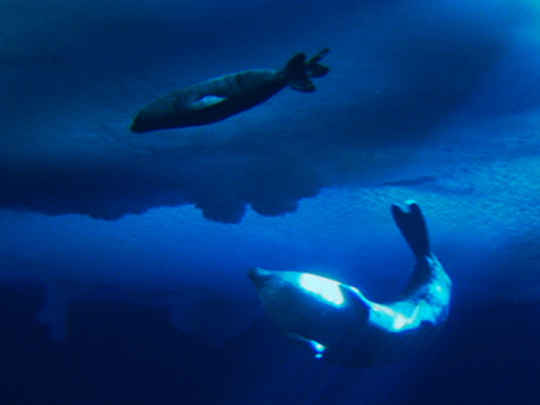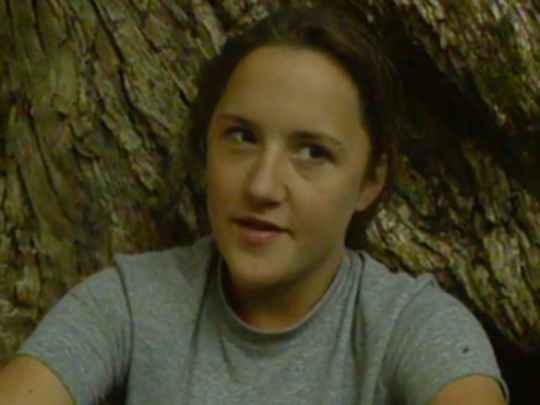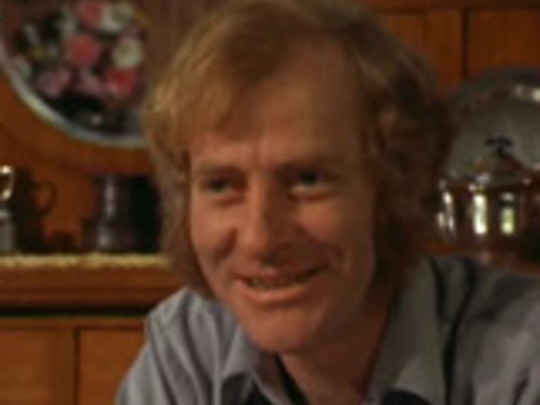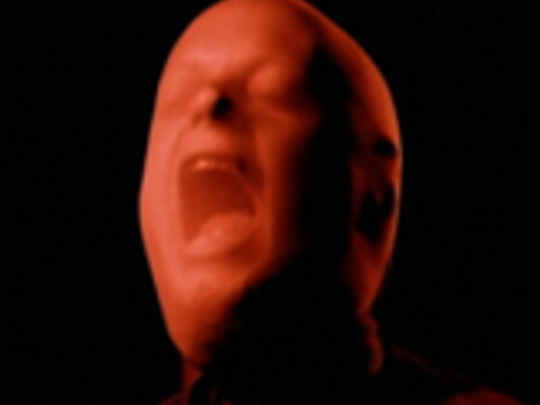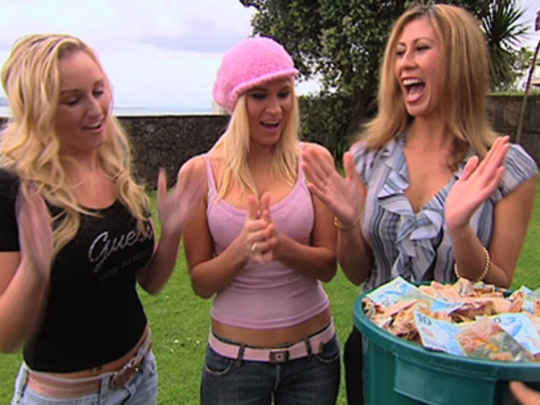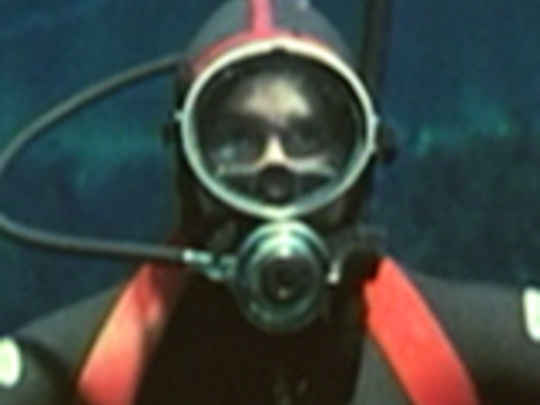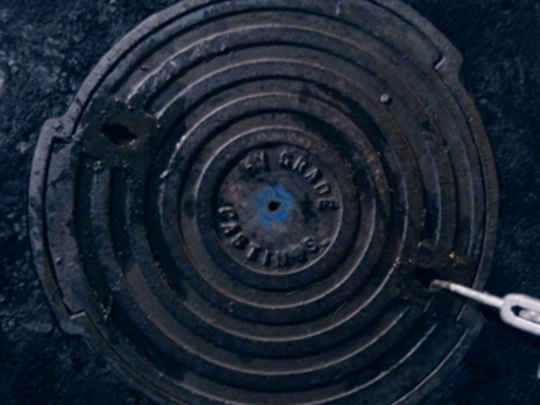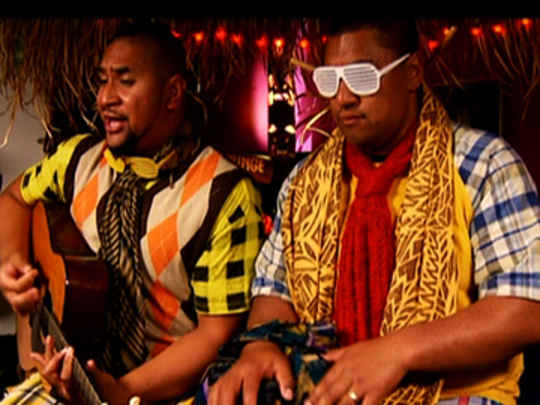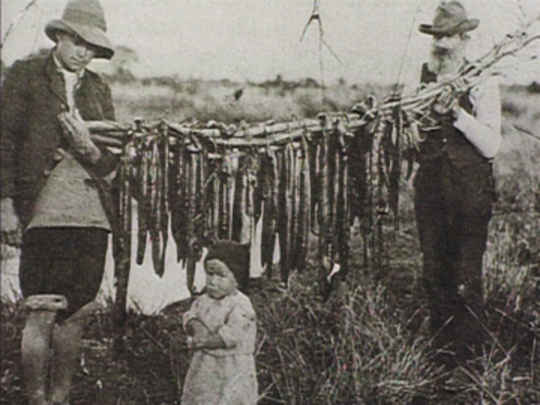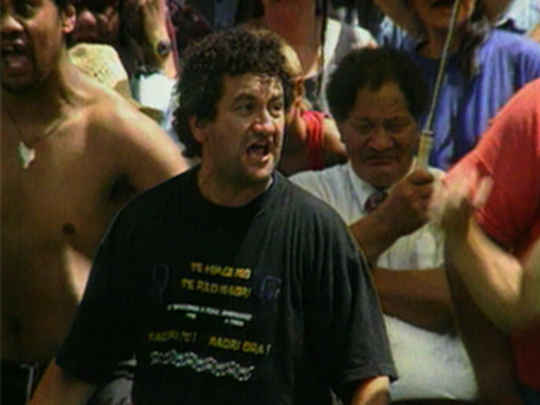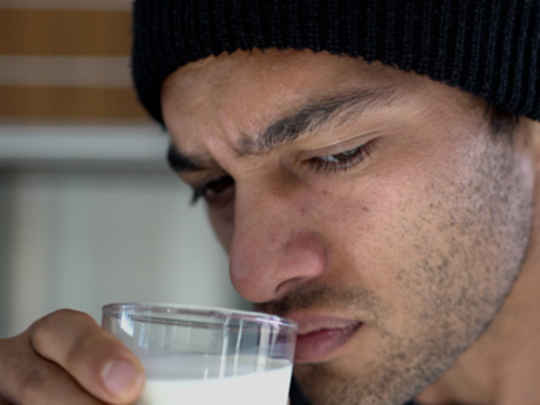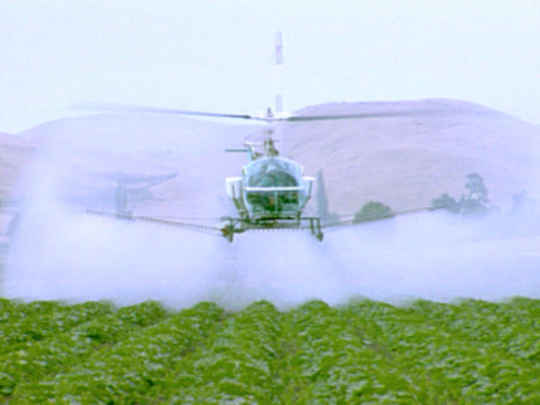Part one of six from this full length documentary.
Part three of six from this full length documentary.
Part six of six from this full length documentary.
Part five of six from this full length documentary.
The credits from this documentary.
Part four of six from this full length documentary.
Part two of six from this full length documentary.
Restoring the Mauri of Lake Omapere
Film (Full Length) – 2007
A producer’s perspective
My introduction to Te Ao Māori was complete immersion in mussel fritter and fried bread burgers. We were in Rawene filming a Big Belly Woman music video for the Māori Television show Lips and were fed royally on a deck overlooking the Hokianga Harbour. Filming went well but while we were out filming, there was a scrub fire that threatened Karen Browne’s [our Exec Producer and Big Belly Woman band member] home. Then tragically, that night Vera’s [BBW vocalist] son, Josh Rapana, was killed in a car accident. Together we went through a portal that cemented our relationships.
On that same balcony, Karen first learnt about the pollution of the Hokianga Harbour. Justin Blackie described to her the process as he saw it, including the source of the pollution – the toxic Lake Omapere. She called together her filmmaker buddies with compelling urgency. I vividly recall her saying “I don’t care what colour you are. If you care about the environment, I will stand shoulder to shoulder with you”.
My life long learning about the Māori world had begun. I will always acknowledge that invitation from Karen with deep gratitude. I agreed to do it so long as the focus was the social impact. I wanted to talk to local people rather than scientists.
Three of us producers, Karen, Simon Marler and myself, together with other musicians and mates took on various roles - sound recordist [mentored by my partner Mike McCree], caterer, researcher, photographer etc. We hurtled into production with a small grant from Cathy Pelly Maungarongo Trust and the Australian Sesquicentennial Gift Trust for Awards in Oral History. Our process of just covering costs and leaving $50 under various teapots was in progress. First contact was made with Ani Martin, a kuia who lives on the shore of Lake Omapere. She is a Wihongi – the whānau whose name most often arises in association with the Lake.
We shot with a well used Canon XL1 miniDV camera, and Simon edited a five-minute piece that won the support of my old boss Larry Parr and Māori Television Commissioner Manutai Schuster. She told us to “remember we [MTS] need you as much as you need us”. We knew then that we were dealing with a whole new approach to broadcasting in this country.
Although Karen is a descendant of Patuone from the North, she has had more contact with her Ngāi Tūhoe side, living in Tuhoe country for many years. Tame Iti came up with the name of our Maringi Noa o te Manawa Trust which means ‘let it flow from the heart’. So we were all outsiders except for sound trainee Murray Nathan who is a Tawhai from the Waima Valley.
We wanted to inform ourselves before calling a hui, so decided to film interviews with as many locals of the lake and the Utakura Valley as possible. We were all doing jobs we had never done before and in a totally new setting. None amongst us had fluent reo, though muso Dionne Kouka did his best to fill that gap for us. It was exciting and moving. We were very privileged to hear so many fascinating stories. Our energy and commitment was matched by pretty much everyone we encountered.
We looked at concepts such as Mauri (translated by some as life force) and read the history of sanitation in the western world.
A most fortuitous event for us was the offer by kaumatua Buster and Irene Hancy from Omanaia to support us. They taught us within a tikanga framework. That, to me means to outline processes that take into account a deep understanding of human psychology and natural laws, including those of the unseen realms. Thank goodness for the karakia that accompanied our every step. I later met members of the congregation from Aunty’s Catholic church in Rawene. They had been praying for us too. We certainly needed it.
The process was long and it put stress on us all. We suffered financially, health-wise and our relationships were tested. It taught me so much about choices we can make with regards to processes, collaboration, ego and power sharing not to mention day to day production protocols.
I came to trust the spiritual energies in the Hokianga. I now look at other aspects of my life through new eyes and have become disenchanted with tactics that technocrats use to push their agendas. Bullying is a kind of madness based on an illusionary superiority, I now believe.
When local cameraman Lloyd Latimer talked to us about the tuna (māori for eel), it was clear that it would play a significant role in the doco. Was it the sea monster famed by ancient stories? We found an eel fanatic at Kelly Tarltons. On his urging we stroked the big old eel there and were able to capture the wonderful opening images quite simply, by blacking out reflections and filming through the glass tank.
Other underwater images including eel point of view were filmed by putting the one chip miniDV into a plastic biscuit barrel we found at The Warehouse. Low budget techniques ride again! The same one chip camera shot one of my favourite images: I was in the bow of the waka drifting into the narrows way up the Tapuwae. I had seen the image in my mind’s eye and ten of us worked together until this was achieved. There is little to compare with the excitement and emotion that arises from seeing our dreams materialise before our eyes.
Time and again we had experiences that money couldn’t buy. We made mistakes and struggled with geographical and experiental distances. There were those who bristled at the conflicting views of our subjects; some criticised that we didn’t talk to everyone, others felt that there was too much talking ...
But Barry Barclay, whose support guided me towards the end of our process, said that, contrary to other’s views about ‘talking heads’, he felt that there were few sights more beautiful than a human’s face when they were speaking their truth. He likened this process of listening to the voices of local people to what happens on marae when people gather to discuss important issues.
We showed our work-in-progress on the opening night of the 2007 Hokianga Film Festival. Most of our interview subjects were in the audience. I realised that it was almost unheard of to show an unfinished work in this way in the mainstream filmmaking community, but it was unthinkable not to show it to local Māori participants before the point of no return. Barry gave it his big thumbs up and there was lively discussion about various aspects throughout the weekend.
The documentary rated very well when shown on Māori Television which selected it to offer to the Indigenous Broadcasting Conference in Taiwan in 2010. It won Best Overall Entry at the Wairoa Māori Film Festival in 2008 and is still finding its way around the motu. Planting is still going on. Many of our interview subjects have passed away, including our darling Buster Hancy. Filmmaking activity in the Hokianga is exploding.
